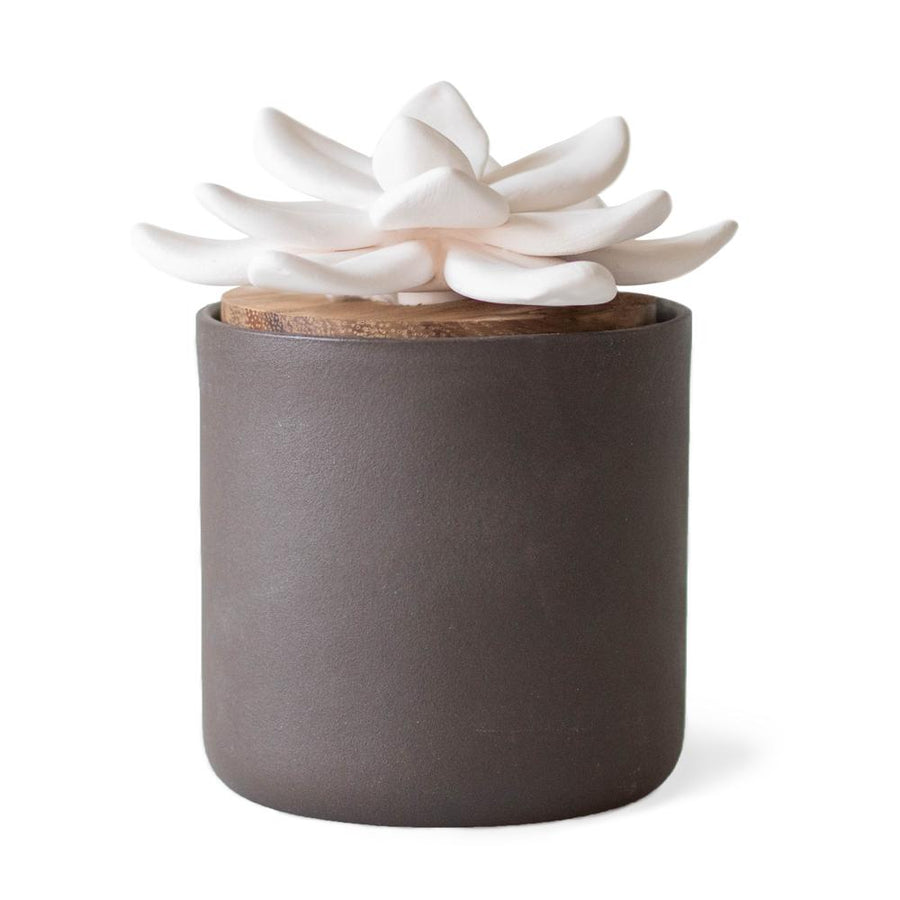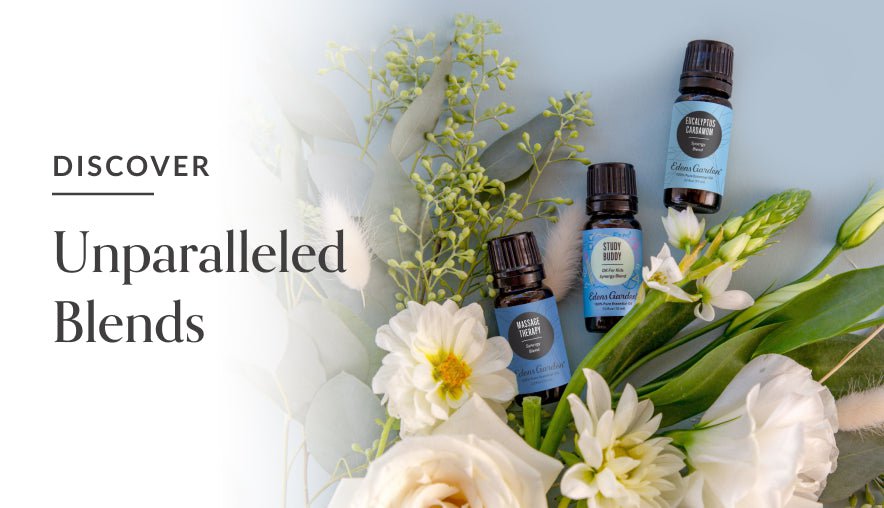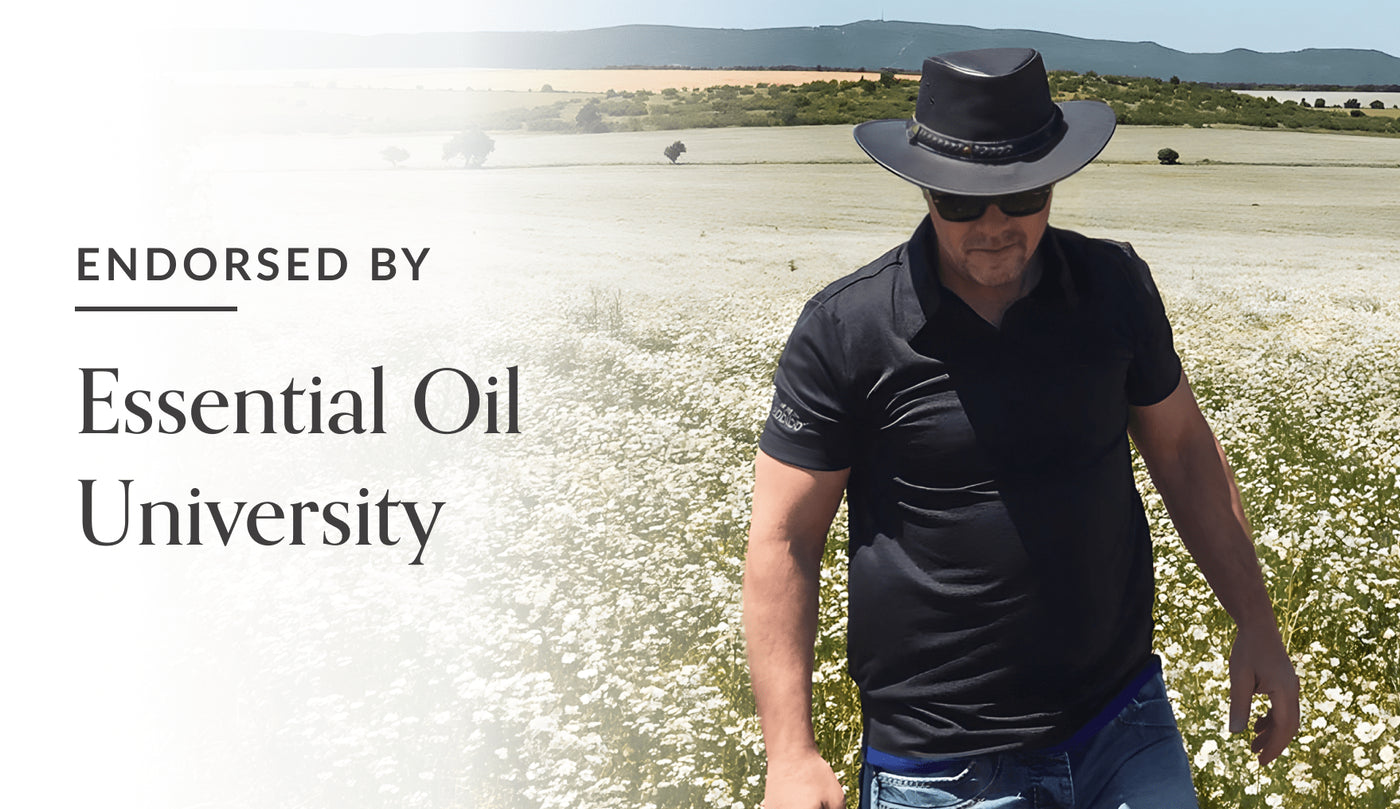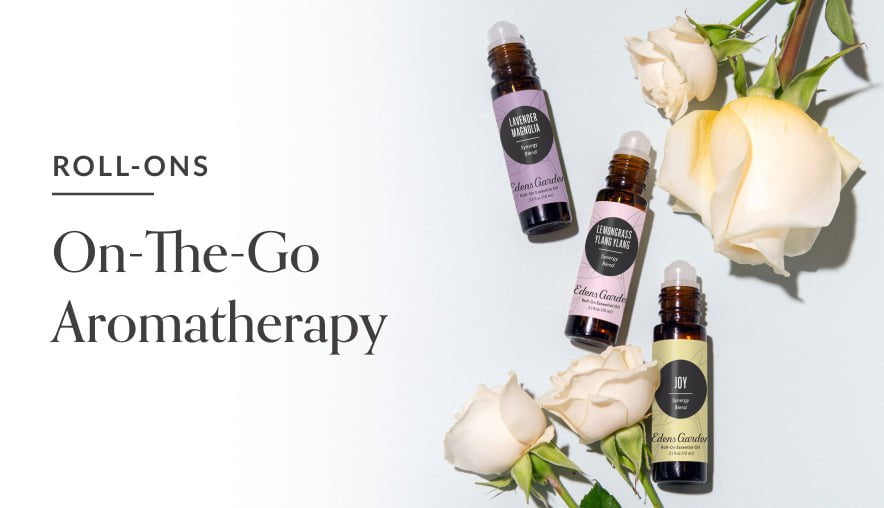DIY Cinnamon Potpourri

We can all agree, during the cooling months of fall and into the holidays, there is nothing cozier than the sweet, sharp and warm aroma of baking with cinnamon. When an aroma entices your sense of smell, a visceral and emotional reaction occurs as your brain attempts to familiarize it. More than likely if someone was baking in your childhood home around the holidays, cinnamon was used in the recipe. For many of us, this memorable aroma is the reason that cinnamon along with nutmeg, ginger and cloves, is so connected to the holidays.
Cinnamon was first cultivated from trees in Sri Lanka and has an interesting past. Dating back centuries to Chinese writings around 2800 BC, it is still known today by its Cantonese name, kwai. It was also used in Egypt for embalming and in rituals. Italians call it Canella, meaning “little tube” which is reminiscent of the shape of a cannon and resembles the dried shape of cinnamon bark. Cinnamon was used during medieval times to treat coughs, hoarseness and sore throats. At one point during the first century AD, cinnamon was recorded as being sold for fifteen times the amount of silver.
The Science Behind The Aroma
The aromatics of cinnamon and its flavor come from the inner tree bark of the genus Cinnamomum. Cinnamon is made up of about 80 aromatic compounds, many of which have antibacterial and antimicrobial properties. This highlights the main reason Cinnamon Bark essential oil is used in a lot of cleaning products - it is extraordinary in its ability to deter germs. In days before refrigeration and cold storage, cinnamon was valued for its preservative qualities due to its high phenol content which inhibits bacterial growth responsible for the spoilage of meat.
Besides its germ-fighting ability, cinnamon also gives us warmth and radiance and offers its talent to keep us healthy by boosting our immune system and providing us with the energy we may need during the change of seasons. As cinnamon cleanses the air we breathe it also gifts us with emotional and mental stimulation - replacing any insecurities we may feel with a courageous attitude.
For our benefit, baking isn't the only way to receive Cinnamon's unique aromatics and give your home a festive feel. Other ways to enjoy that special feeling during the fall and early winter months are by diffusing Edens Garden Sparkling Cinnamon essential oil blend. You can also learn to make a DIY Potpourri blend which will give you endless hours of the clean, warm scent in your home day in and day out.
Other highlighted essential oil singles that can bring more warmth to your fall and holiday season (and just happen to be found in Sparkling Cinnamon essential oil and room spray blends) are Nutmeg, Clove Bud and Sweet Orange. Each of these oils helps to enhance Cinnamon's unique aroma. Nutmeg gives us a hand up when it comes to matters of the heart, adding warmth and comfort to cinnamon’s talent for stimulating our mental and emotional scope. Clove is bold, exotic, warm and comforting while Sweet Oranges' bright refreshing aroma complements Cinnamon's ability to deliver strength and confidence.
However, if you are short on time and cannot make a potpourri, you’ll appreciate the quick, warm, ambiance that Sparkling Cinnamon room spray provides.
Making A Seasonal DIY Potpourri Blend
There are a few types of homemade potpourri that are simple to make. One method is the dry potpourri method.
What You Will Need:
- Dried flowers and decorative plants
- A few slices of dried fruits such as cranberries, apples and oranges
- Cinnamon sticks
- Whole cloves
- Sparkling Cinnamon essential oil blend
- Clear, decorative bowl or vase
Arrange the above ingredients of your choice in a glass bowl or vase and add a few drops of the essential oil blend. Bottled up in a mason jar, this blend made a day or two in advance makes a lovely housewarming gift over the holidays.
You can also make your own dried unscented flowers with a dehydrator or in an oven or simply purchase unscented dried flowers (avoid perfumed dried flowers made with adulterants). Dried fruit also works incredibly well and can be dried out in the oven.
Making a Holiday Stovetop Potpourri Blend
Another approach to relishing in Cinnamon's sublime bouquet is to make a simmering pot of potpourri by cooking up various fruits, herbs, spices and essential oils under low simmering heat on the stovetop (keep an eye on the water level). This method can fill up your entire home for a whole day or more and is a superbly enjoyable Christmas potpourri recipe.
What You Will Need:
- Slow cooker, crockpot or stove-top pot
- 2-3 cups of water (and more as needed)
- Your below choice of fruits, spices, herbs
Combine the water, a few slices of dry or fresh fruit, a cinnamon stick or two, a few cloves and a few drops of Sparkling Cinnamon essential oil blend into the crockpot on high or on the stovetop pot on a low simmer. Do not put the lid on either the crockpot or the stovetop pot. Keep an eye on the amount of water in the pot and add more water when needed. We like to put a timer on the stove so that we don’t lose track of time. Enjoy the aroma!
Choice of a couple of the below fruits and herbs:
- Cranberries
- Dried apples
- Dried orange slices
- Cinnamon sticks
- Cardamom pods
- A few slices of Ginger
- Whole cloves
- Star Anise
- Vanilla Bean or Vanilla extract
SOURCES:
- Origin and Historical Uses of Cinnamon https://www.thespruceeats.com/history-of-cinnamon-1807584#:~:text=Cinnamon%20Origin%20and%20History,amomon%2C%20meaning%20fragrant%20spice%20plant.
- How to Dry Fruit in the Oven. https://www.masterclass.com/articles/how-to-dry-fruit








Leave a comment (Comments will be approved before showing up)